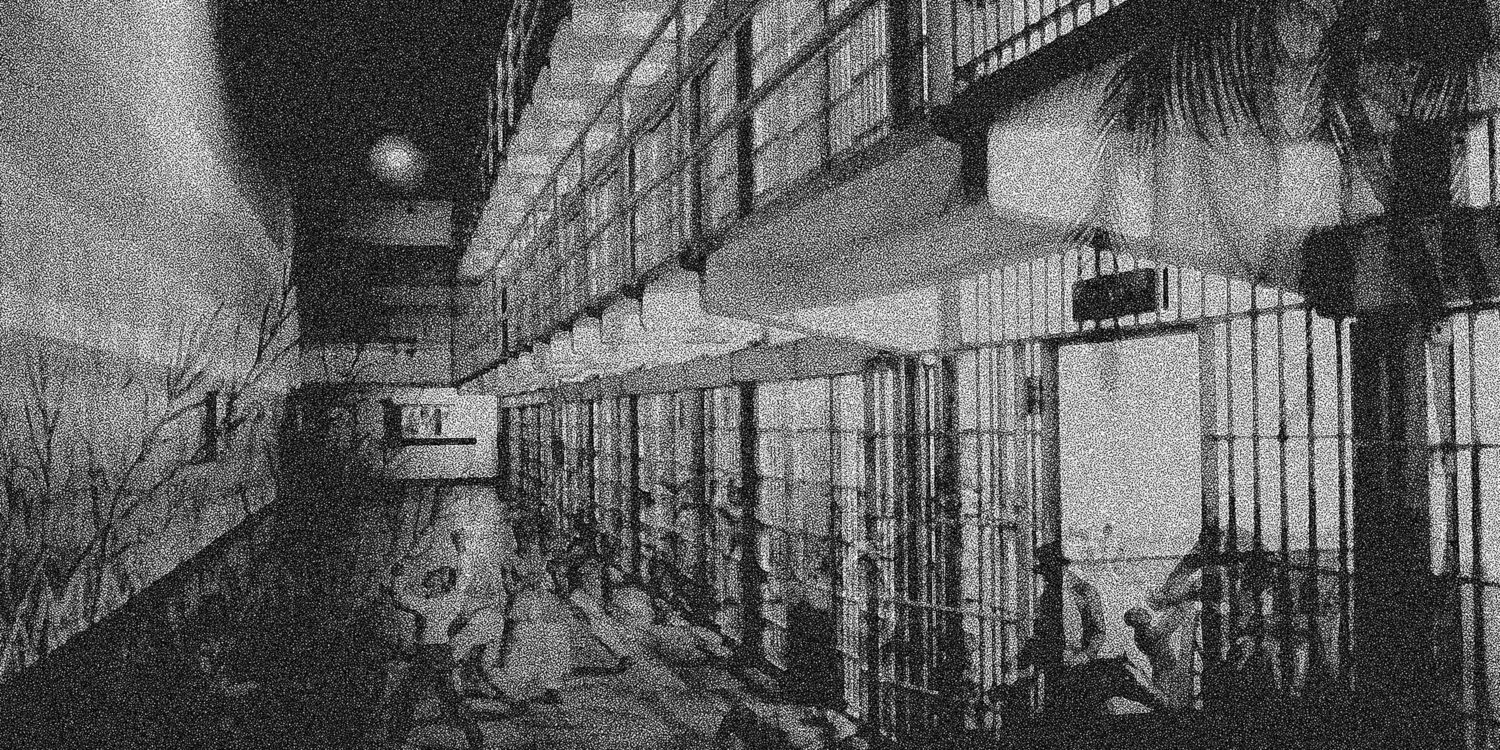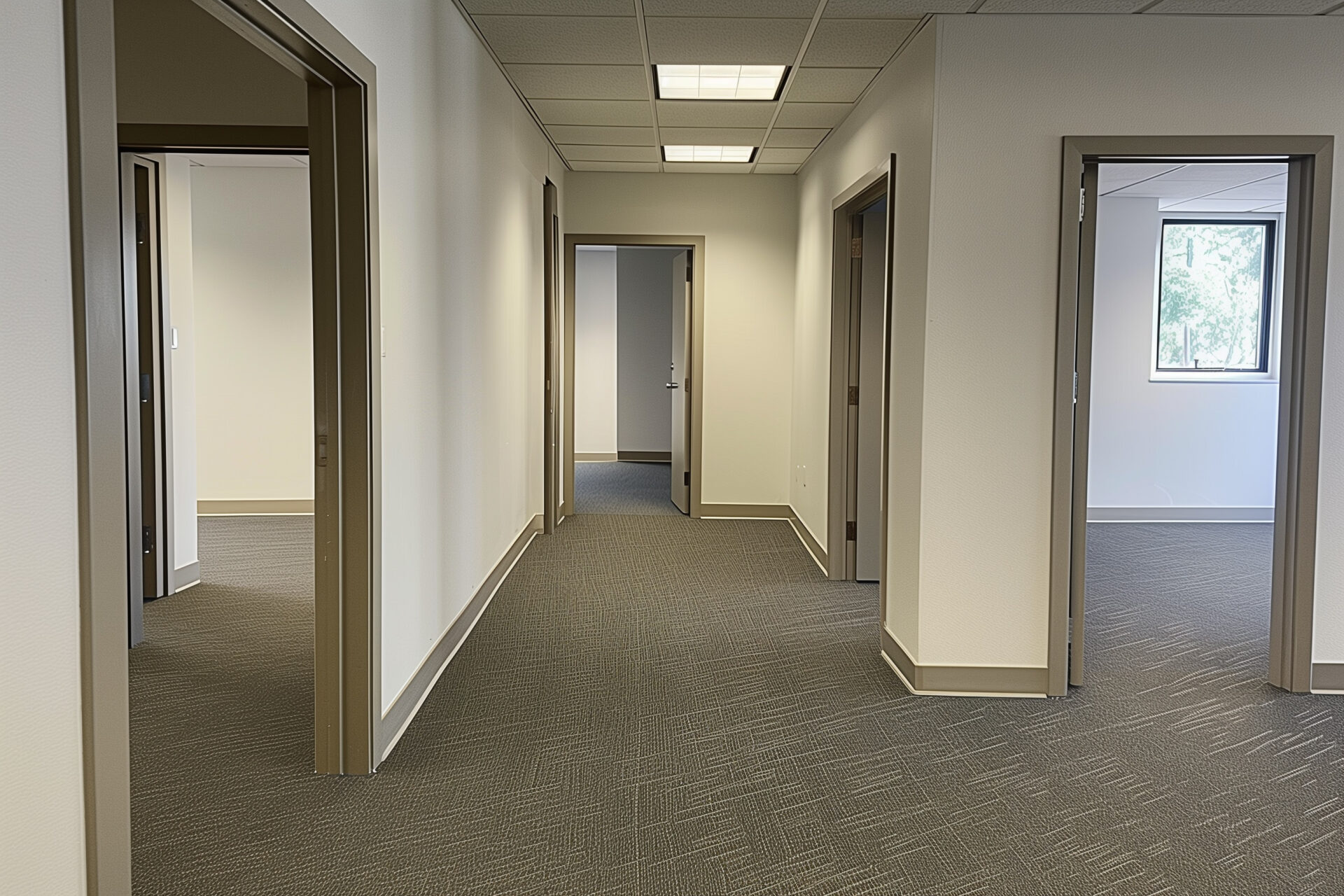As we approach the year end whilst also in the middle of our campaign to keep running into 2025 and beyond, our editors have combed through the back catalogue and reflected upon the wide array of themes covered on Failed Architecture. We have been publishing since 2010, working through a myriad of economic crises, a global pandemic, deepening social divisions, alongside a growing understanding of the relationship of colonial legacies and its impact upon the climate crisis.
We think that our content has reflected these societal shifts, platforming an international group of writers that examine the spatial manifestations of the failings of our societal systems within various contexts. Below are some of our editors’ highlights from the Failed Architecture archive.
Sasha Plotnikova: When I was just a few years out of architecture school and resigned to using spatial thinking as solely a means of paying rent, it was invigorating to discover Failed Architecture and read thinkers like Leijia Hanharan, whose own political and moral clarity deftly cut through architects’ rising interest in expanding the discipline’s political potential (“All Design is Political, Not All Politics is Design“). Now, as we begin the selection process for our upcoming series Everywhere Walls, Borders, Prisons, I’m excited to build upon the body of writing we’ve published that demonstrates the use of carceral logic in architecture outside of prisons as we know them. Jamie Griffiths’ excellent piece “The Housing of Asylum Seekers in Former Military Barracks Must End“ is a great example of this, as it not only critiques this practice, but uses it to illustrate how the present-day carceral regime finds continuities with the state’s imperial and military past.
Charlie Clemoes: One of my favourite articles from the last few years is Martin Weiner’s “The Petrocracy Underfoot“, it was a long old slog from pitch to completion, nearly eight months I think, but this was because there was a lot of detail to it and it took a fair bit of discussion with Martin to work out how to frame it so that people would immediately grasp the gravity of the argument (pretty much all flooring is derived from petrochemicals and there’s currently no alternative) while also doing justice to all the messy details swept under the rug (pardon the pun).
An old article that I frequently come back to is “Amsterdam’s Architecture of Colonial Exploitation” by Alex Raúl and Sonia Mangiapane, which does basically what the title says, revealing the colonial heritage hiding in plain sight throughout the city of Amsterdam, much of it visible as I pass through the city on my way to work, and much of it without an accompanying reference to the violence that it commemorates, including the two statues of Javanese women at the foot of a column on which stands three Dutch men, among them Jan Pieterszoon Coen, responsible for the extermination of around 14,000 natives of the Banda Islands in the Moluccas, Indonesia, in 1621.
Scrolling through the archive I also found myself most drawn to a few really great things from authors who afterwards ended up becoming editors and comrades: “Rideshare Apps Are Making Indonesia’s Public Spaces Rigid and Impersonal“ by Hamzah Al Asadulloh, “How the British Buried Their Imperial History Along with Wembley Stadium“ by Alistair Napier, “Barricades, Boulders, and How LA’s Public Space Became a Battleground for the Commons“ by Sasha Plotnikova, and “Transparent Pod, Laptop, Bed, State-of-the-Art Webcam: How COVID-19 Changed the Online Sex Industry“ by Marian Rosa van Bodegraven.
Laura Buitrago: The article “Delivery Workers Expose the Troubling Ideology of Public Space in Bogotá“ (also translated into Spanish here) by editors Juana and Maria Victoria allowed me to recognize many of the challenges present in the city where I grew up. These issues, exacerbated during the COVID-19 pandemic, highlight the realities of inequality, informality, classism and xenophobia in our public spaces. The article notes that in Bogotá “unemployment reached 25% and informality was at 41.9% in 2020, making it one of the world’s most unequal regions of Latin America.” Today, I find this text to be remarkable as it illustrates the complex socio-spatial realities that shape our world.
In Léopold Lambert’s article “Failure, Narrative, Politics & Architecture“ he explores how failure in architecture arises from a disconnect between how inhabitants use spaces and the design processes employed by architects. The article examines the concepts of “failure” and “failing,” aligning with the mission of Failed Architecture to understand these conflicts and showcase diverse narratives, representations and realities, reflecting a collective sense that has gathered people around this platform.
Hamzah Al Asadulloh: Robert John and William Jamieson’s article “Singapore’s Scentless Growth is Built on the Brutal Extraction of Cambodian Sand and Imported Labour“ traces in meticulous detail the relationship between the nebulous concepts of neoliberal sustainability and the material conditions on which they stand. Bringing together strands of materiality, labour, and the global supply chain at large, they weave a crucial story on the cost of green growth and the absurdity of its continuation.
Meanwhile, James Andrew Billingsley’s piece “The Mole, The Snake, and the Acritarch“ is a bold view on our world, the fiction format adding a welcome degree of brevity to spatial discourse. It is whimsically dark yet incisive in its commentary on our relationship with the changing world, be it of our own making or not.
Alistair Napier: A favourite from my early following of Failed Architecture is the podcast episode “Speer in Qatar or: How Architects Stopped Caring and Learned to Love the Client“. At the time of publishing in 2018, my own work was exploring the relationship of stadia, football, and imperialism, and it felt as though few other platforms were holistically analysing the complicity of architects in human rights abuses in the run up to the Qatar World Cup. The podcast uniquely brought together the history of the architect’s complicity through the two Speer architects alongside the role of the architectural image within the sportswashing project.
One article that I frequently return to is Ruth-Anne Richardson and Łukasz Stanek’s conversation on Accra’s International Trade Fair. This piece guided my early interest in architecture as a tool for representation in post-imperial contexts, whilst also muddying the waters of the neocolonial processes through which such architecture was designed, procured, and built. The ITF uniquely embodies the dreams of the Third World project and the relationships formed through the Non-Aligned movement and is neatly unpacked through the conversation alongside other case studies from the Kwame Nkrumah period.
Finally, as I have recently qualified as an architect in the UK, the ethics of specifying materials have been the source of many of my discussions over the past year. “The Petrocracy Underfoot“ by Martin Weiner was published at a similar time and succinctly captured the haste to which architects need to specify “something” alongside the web of environmental posturing and damage that is embodied within the flooring systems manufactured by US company Milliken & Co. I can’t think of another platform where I can read in depth analysis of an everyday material used in buildings, unpacking its environmental harm whilst the manufacturer’s publicity greenwashes its public image, all alongside a Barthesian deconstruction of the cultural meaning of plastics.
Eda Hisarlioglu: Sasha Plotnikova’s interview “War on the Mushaa’: Noura Alkhalili and Jumana Manna in Conversation” for the Besieged Series is one of my recent favourites in FA. The article features a conversation between Noura Alkhalili and Jumana Manna discussing the colonial land policies that paved the way for Zionist land grabs and its impacts, especially on communal agricultural lands (mushaa’) in Palestine. I was especially impressed to read how the conversation delves into Palestinian resistance, collective memory and identity at the same time while explaining the role of Ottoman and British colonialisms.
Another one, Dewi Tan’s “As Jakarta Sinks, the Rising Sea Presents a Convenient Scapegoat” critiques Jakarta’s sinking crisis, arguing that attributing the problem solely to climate change oversimplifies deeper issues like over-reliance on groundwater, poor urban planning, and inadequate water management.
Both articles use terms that can not be directly translated into English, such as miri, mushaa’, and matruke as land types in Palestine and rob and banjir as flood types in Indonesia. While focusing on the colonisation and over-extraction of specific resources, I find it very important to incorporate such terms within the text with further explanation of the local context in which it is used. I hope there will be more content that tackles these issues, and we will have more editorial capacity in FA for translations and content creation in various languages in the future.






